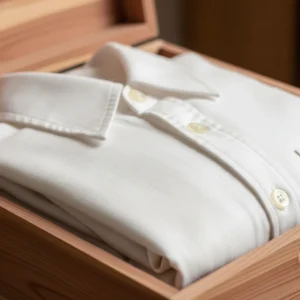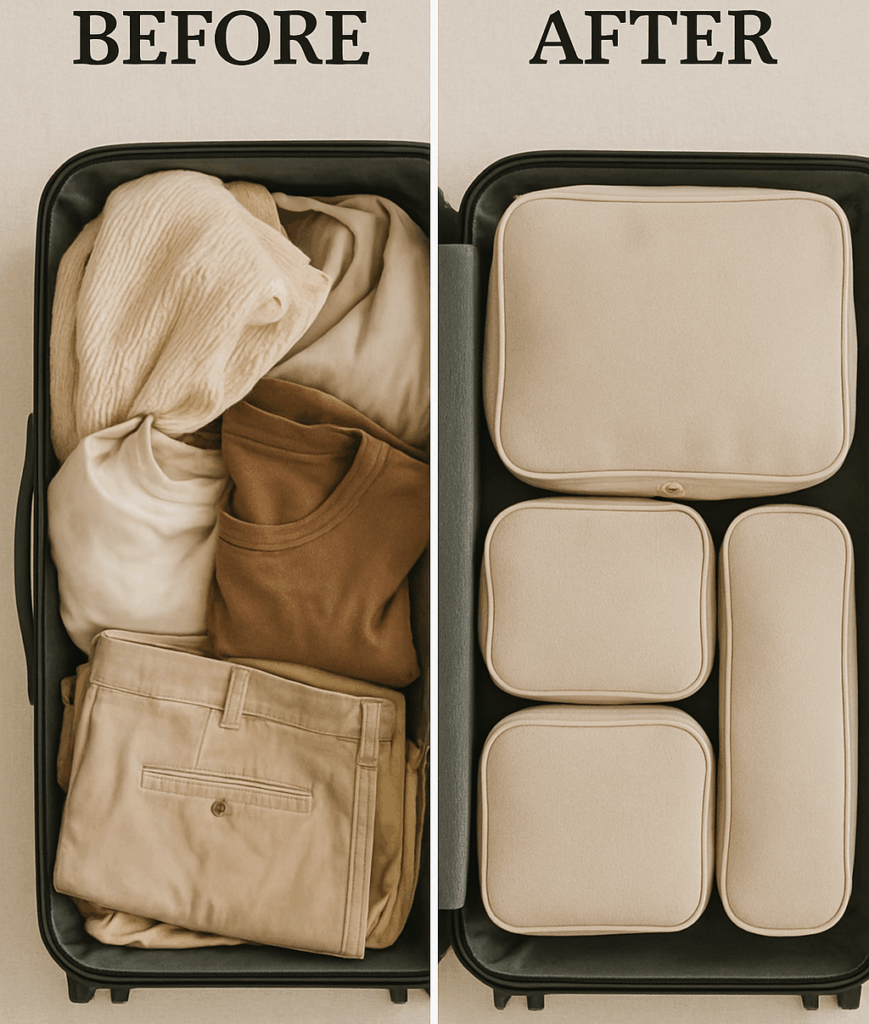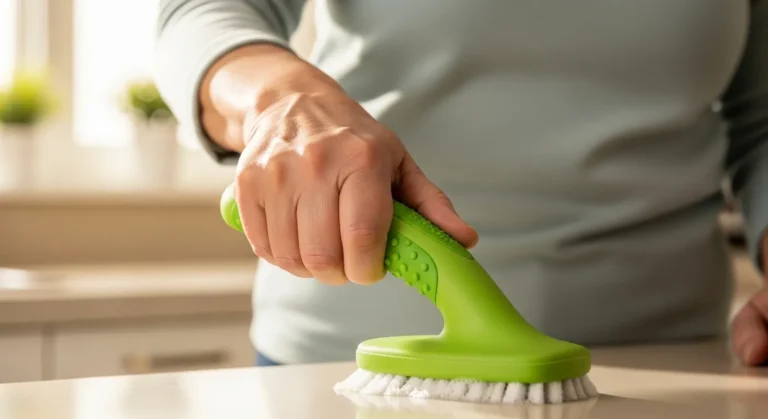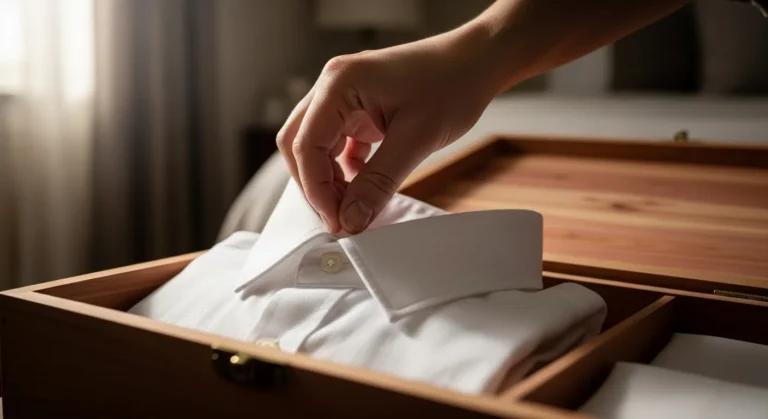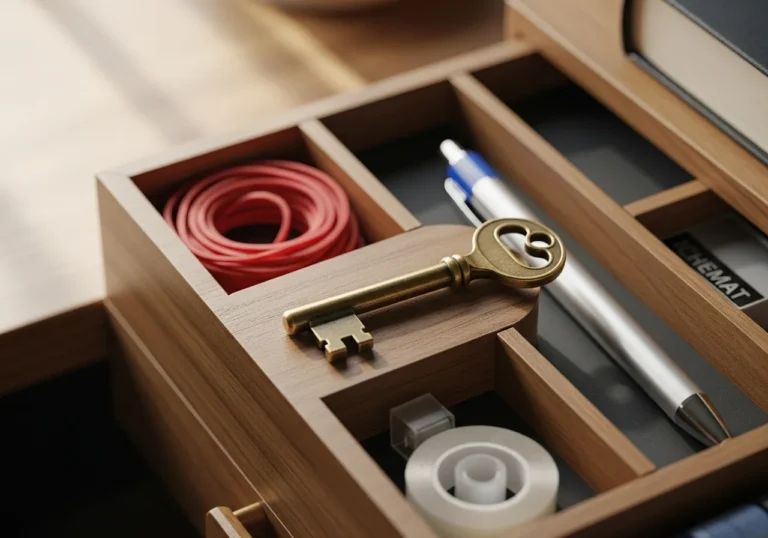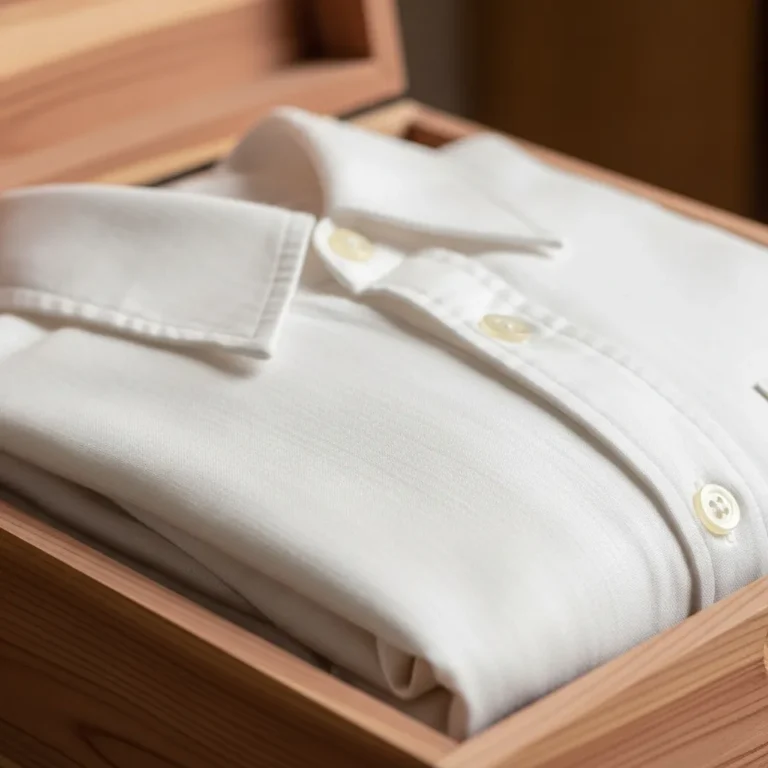When it comes to our laundry routine, most of us just throw the dirty laundry in the washing machine, add some detergent and press the START button. It’s not exactly rocket science, is it?
Even if things seem pretty simple, you’ll be surprised to find out that this seemingly easy task can cause quite serious damage to your clothes as well as to your appliances. If you’re like most people, then you’re probably also making these seemingly innocent mistakes when it comes to doing the laundry. Check them out and learn how to avoid ruining your clothing in the future.

You use the wrong detergent for your machine
It’s not for nothing that manufacturers recommend the use of high-efficiency (HE) detergents for high-efficiency machines. That’s because HE detergent has low suds levels, which in turn keeps water consumption as low as possible.
The wrong detergent will cause excessive suds in the washer and this repeated action will consequently ruin your washing machine. “When an HE machine senses too many suds, it may add an extra rinse, causing 25 minutes to be added to the total cycle time,” warns Mary Johnson, principal scientist for Tide and Downy. “You’re wasting time, energy, and, ultimately, money.”
You don’t clean your washing machine
Sure, you can rely on your washing machine to take care of your clothes, cleaning them properly but it won’t clean by itself. Therefore, it’s your job to take care of it in return. That’s because every washing cycle leaves behind residual bacteria which can damage the inside of the washer and make your clothes smell bad. Not even the most powerful fabric softener will get that stench out.
So, what’s the proper way to clean your machine? According to Harriet Jones, cleaning supervisor for Go Cleaners London, pour a quarter of chlorine bleach inside the softener compartment and run the hottest wash cycle. After that, run another cycle, this time with a quart of white vinegar. Do this twice a year and you should have no problems with your machine during its service years.
Speaking of which, you might also be interested in finding out more about these 14 Brilliant Laundry Benefits of Vinegar You Didn’t Know.
You wash spandex items
How many times have you washed your bathing suits or running shorts in the washing machine? If the answer is one too many times, then it’s time you stopped doing it and switched to hand washing such items. I know it sounds primitive and time-consuming but if you don’t want to throw them away sooner than planned, just use some cold water and hand wash your spandex items to help preserve their stretching features.
Another option, as recommended by cleaning expert Sean Parry, director of UK-based cleaning company Neat Services, would be to use the most delicate wash cycle of your machine.
You don’t turn delicate clothing inside out
Now, this is something I bet most people never do! I haven’t and many of my T-shirts with printed graphics paid the ultimate price.
If you want those graphic t-shirts and fluffy sweaters to last you a lifetime, it’s time to start turning them inside out before you toss them in the washing machine. It’s the friction between clothes caused by the machine’s rotations that damage graphics on clothes and affects delicate fabrics such as cashmere or wool.
The solution? Turn printed clothes inside out before tossing them in the machine and put delicate fabrics in a laundry bag to protect them during the washing cycle.
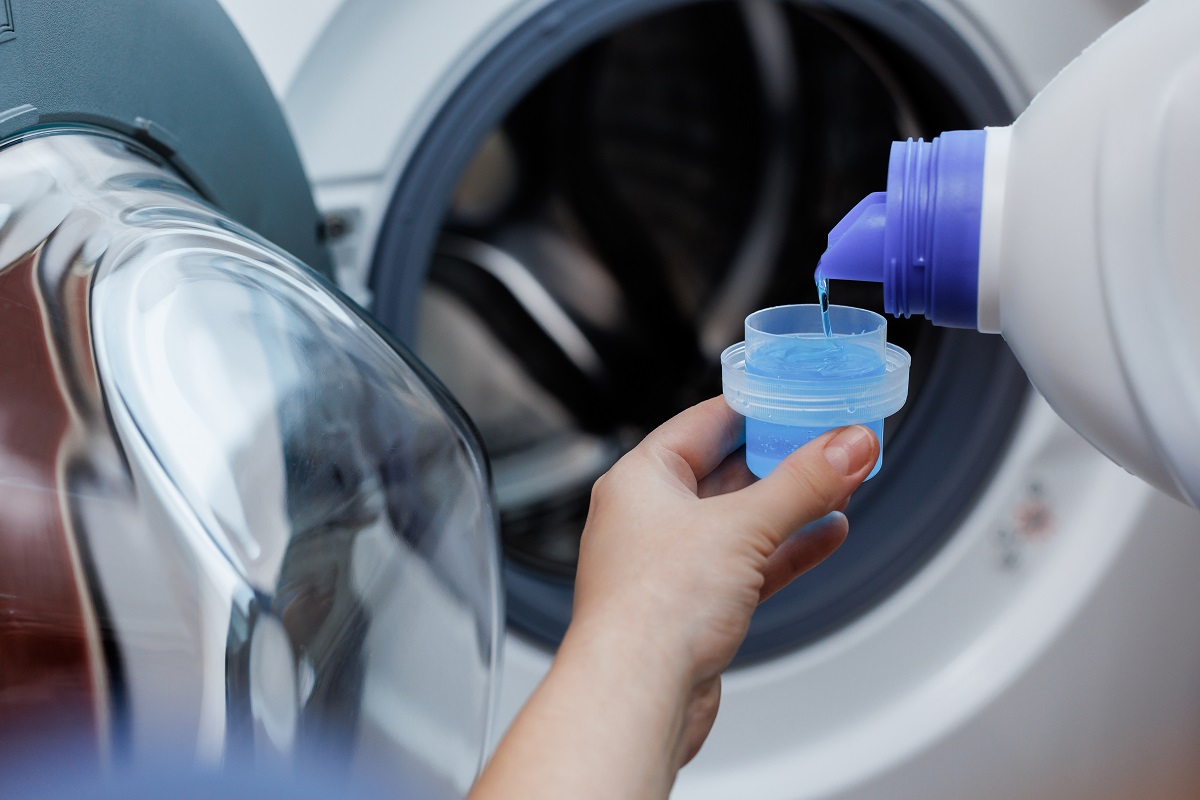
You don’t use the right detergent for delicate clothes
Apart from protecting the delicate clothes in a laundry bag, it’s also important to use specific detergents. That’s because other types of detergent release harsher enzymes which favor the wear and tear of these fabrics.
So, use specific detergents for delicate fabrics such as wool and cashmere, and also make sure you use a wash cycle designed for such garments.
You use hot water for everything
If we’re dealing with your kid’s muddy socks or stained clothes, washing with hot water is certainly more efficient. But, in most cases, laundry loads do not require hot temperatures.
According to Beatrice Flores, cleaning expert and head blogger at Living Pristine, “cold water laundry cycles are gentler on fabric than hot water washes, which means that delicate fabrics and colors won’t fade as quickly over time”.
Using cold water is also a sure way to prevent shrinking.
You don’t unload the washer immediately
Yes, we’ve all done it. We tossed some clothes in the washing machine, let the appliance do its job and when the washing was all done, we just postponed taking out the laundry. But by doing this we took a step closer to running our clothes.
When clothes are left to sit for too long, they become a welcoming environment for bacteria and mold, which thrive in humid environments. If you don’t want to smell like a walking skunk, it’s best that you take the freshly washed clothes out of the washer and onto the drying rack.
If you did forget about them, run a rinse cycle and take them out immediately after.
Read also: Can’t Get Crystal Clear Dishes out of the Dishwasher? This Is Why!
You forget to verify your pockets
It’s true that small items can go unnoticed when your pockets before washing your clothes. But that’s only because it’s a superficial check. Unless you want a dent inside the washer or a blocked drainage hose, you’d better give your pockets a thorough check and get everything out before tossing clothes in the machine.
Even seemingly harmless items such as paper tissues can create problems, warns Norma Capin, operations manager at Dallas Maids. Just think of all the white small balls of paper spread all over your dark clothes.
You use fabric softener at the beginning of the wash cycle
There are various types of washing machines. If your appliance has a separate softener compartment, then it’s okay to add a softener at the beginning of the wash cycle.
On the other hand, if your washing machine lacks this dispenser, using it alongside the laundry detergent is pointless. You’ll only throw away a good softener and some money in the process, as it will wash away during the wash cycle.
According to Alberto Navarrete, general manager of Emily’s Maids in Dallas, Texas, when a machine has two rinse cycles, it is recommended to use the softener during the second cycle.
You add fabric softener when washing flame-resistant items
Fabric softener and flame-resistant clothing, such as infant sleepwear, don’t really go hand in hand. As explained by Phi Dang, director of home services company Sidepost, there’s a reaction between the chemicals in the softener and the chemicals in the flame-resistant items, which can result in damaging the flame-resistant clothes. This means that they will no longer do their job of protecting the wearer against fire.
You might also like: 4 Ways to Wash Your Bed Sheets if You Like Them Crisp


